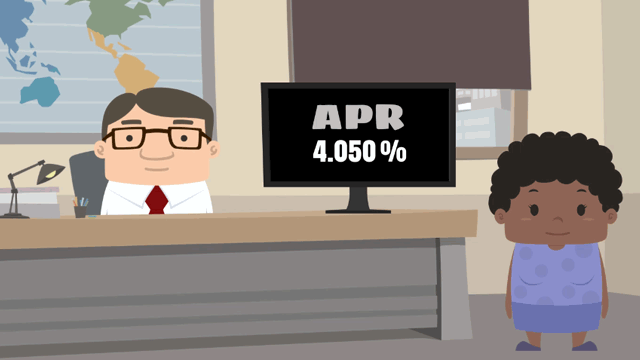APR
Related Terms: Annual Percentage Rate
The APR, or annual percentage rate, is the cost you incur for borrowing money. When it comes to your mortgage, it is calculated using your interest rate, broker fees, closing costs, and all other charges that are required to finance the loan, which is why the APR is usually higher than your interest rate.

The APR is calculated by spreading all additional fees out over the life of the loan, as if part of your monthly payments, resulting in a different percentage than the interest rate.
It’s important to remember that the APR quoted in the disclosures is just one metric, and definitely not the only one you should be considering when shopping for mortgages. Many people believe that the APR represents the “true cost” of a mortgage, and so they go with the lowest one they can find believing that they found the best loan. However, this isn’t always the case.
Depending on the amount of time you plan to stay on your home, it may be beneficial to go with a slightly higher APR and avoid higher upfront fees.
It’s important to remember that the APR quoted in the disclosures is just one metric, and definitely not the only one you should be considering when shopping for mortgages. Many people believe that the APR represents the “true cost” of a mortgage, and so they go with the lowest one they can find believing that they found the best loan. However, this isn’t always the case.
Depending on the amount of time you plan to stay on your home, it may be beneficial to go with a slightly higher APR and avoid higher upfront fees.

Do you know what's on your credit report?
Learn what your score means.





